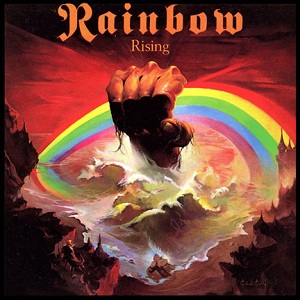Ritchie Blackmore’s Rainbow
Buy Ritchie Blackmore’s Rainbow Originating as a side project for Ritchie Blackmore while he was still the guitarist for Deep Purple, Ritchie Blackmore’s Rainbow turned out to be the debut studio album for […]

Buy Ritchie Blackmore’s Rainbow Originating as a side project for Ritchie Blackmore while he was still the guitarist for Deep Purple, Ritchie Blackmore’s Rainbow turned out to be the debut studio album for […]

Buy Rising Rainbow returned with a revamped lineup and fresh approach for the group’s second studio album, Rising. The record is comprised of six solid compositions which are comparable to the material the […]